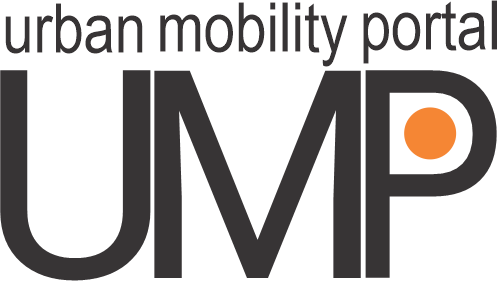Singapore is a parliamentary republic based on the Westminster system. It is an isalnd city state with is a land area 710 km2 (270 sq mi) and a population of 5.6 million inhabitants. The Land Transport Authority (LTA) is responsible for all land transport-related infrastructure and operations in Singapore. To cope with changing individual travel behavior, the LTA has constantly adjusted its transport policies overtime. Throughout the years, three pillars have underpinned efforts toachieve sustainable transport in Singapore:
- Discouraging private motorized mobility;
- Promoting public and shared mobility; and
- Adopting an integrated approach to land use and transport planning.
The Singapore Area Licensing Scheme, implemented in 1975, became the world's first congestion pricing scheme, and included other complementary measures such as stringent car ownership quotas and improvements in mass transit. Upgraded in 1998 and renamed Electronic Road Pricing (ERP), the system introduced electronic toll collection, electronic detection, and video surveillance technology. A satellite-based system was due to replace the physical gantries by 2020, but has been delayed until 2026 due to global shortages in the supply of semiconductors. As Singapore is a small island with a high population density, the number of private cars on the road is restricted with a pre-set car population quota, to curb pollution and congestion. Car buyers must pay for Additional Registration Fees (ARF) duties of either 100%, 140%, 180% or 220% of the vehicle's Open Market Value (OMV), and bid for a Singaporean Certificate of Entitlement (COE) (that varies twice a month in supply based on the number of car registrations and de-registrations), which allows the car to be driven on the road for maximum period of 10 years.
Singapore's public transport network comprises MRT and LRT systems, buses and taxis. There are currently six MRT lines, three LRT lines and more than 300 bus routes in operation. Taxis are a popular form of transport as the fares are relatively affordable when compared to many other developed countries, whilst cars in Singapore are the most expensive to own worldwide.
Singapore has adopted a hierarchical spatial structure of urban development consisting of the city center, regional centers, and sub-regional centers. The regional and sub-regional centers are second- and third-tier commercial zones connected to the city center with transit networks This spatial structure aims to encourage the use of public transport, ease traffic congestion in the city center, and strike a better balance between residence and employment through decentralizing the spatial distribution of urban growth along transit corridors.


